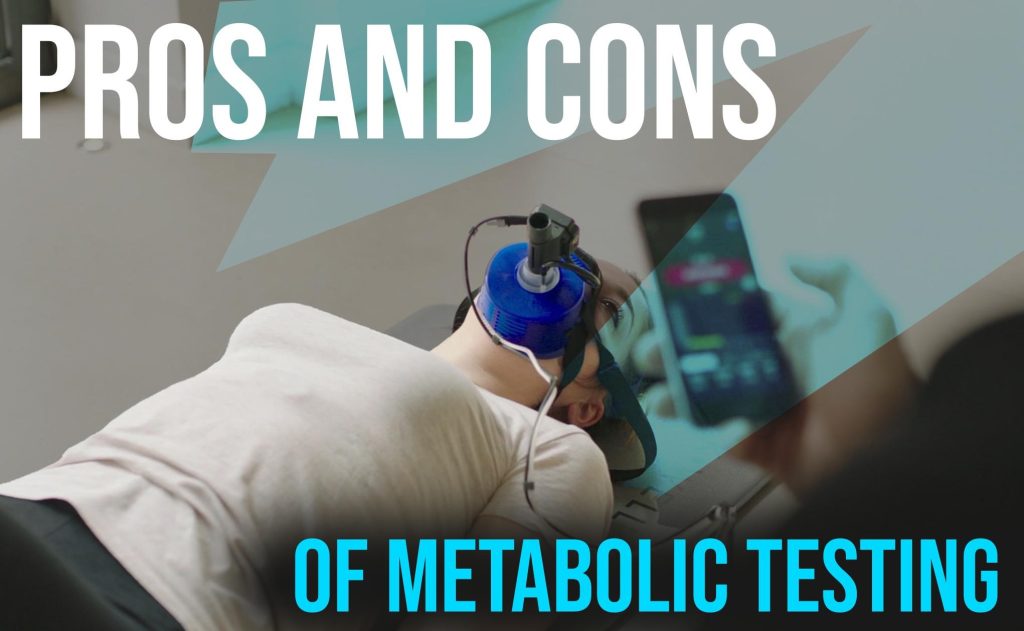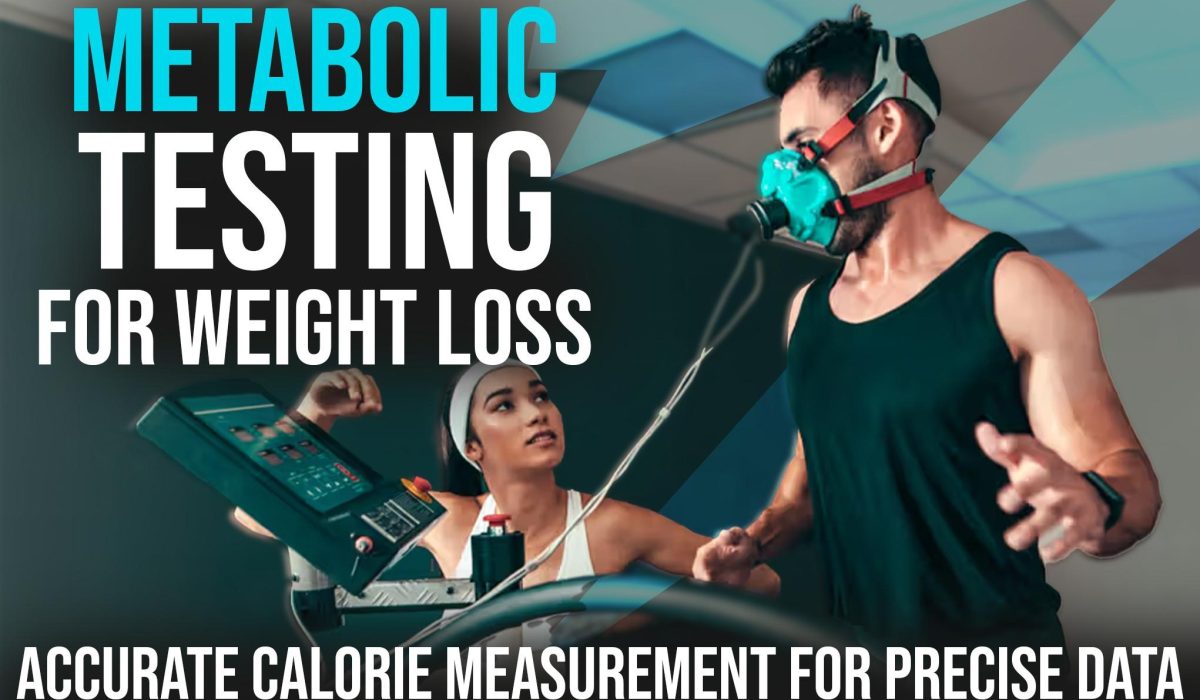Metabolic Testing for Weight Loss – Accurate Calorie Measurement for Precise Data
Knowing how much calories you consume and burn each day can be a game-changer for managing your weight. But how do you get accurate data? Enter, “metabolic testing for weight loss”. This science-backed method can assist you in understanding exactly what your body needs to shed those extra pounds.
Why take a shot in the dark when aiming for your weight loss target? We’re taking the guesswork out of the equation with this precise and effective approach. Learn all about metabolic testing for weight loss and see how it could totally shift how you perceive your weight loss plan.
What Metabolic Testing Is and How it Helps with Weight Loss
Weight loss is not a magic act. It’s the result of understanding and applying the right information about your body’s needs. Metabolic testing for weight loss provides such personalized insights. Think of it as your body’s energy expenditure blueprint. The data from this test allows you to fine-tune your eating and exercise routines, making your efforts to lose weight as efficient as possible.
What is Metabolic Testing?
Metabolic testing is like a fingerprint for how your body burns calories. By analyzing your oxygen consumption, this test forms a picture of your metabolic rate, or in straightforward terms, it tracks how your body transforms food into energy when you are at rest.
How Metabolic Testing Helps with Weight Loss:
- Pinpoints Your Caloric Needs: By knowing your BMR, you can calculate the number of calories you need to maintain, gain, or lose weight.
- Personalizes Your Diet: With precise caloric needs in hand, you’re better equipped to tailor your meal plan without over- or under-eating.
- Enhances Your Exercise Plan: The test can also inform you about the exercise intensity your body responds to best for burning fat.
- Tracks Your Progress: Repeating the test can show you how your metabolism changes over time, revealing the impact of your diet and exercise changes.
- Eliminates Guesswork: Armed with facts, you can set realistic goals and timelines for weight loss without relying on generalized calculators and estimations.
How to Do A Metabolic Test
Running a metabolic test may sound like something reserved for labs and fancy equipment, but the truth is you can get it done in several fitness centers. Let’s break down what you can expect when you step up for a metabolic testing session.
Basic Steps Towards Metabolic Testing for Weight Loss:
- Fast and Rest: Generally, you must refrain from eating, drinking (except water), and doing any intense physical activity for at least 4 hours prior to the test.
- Use of a Mouthpiece or Mask: The test involves breathing into a device, either a mouthpiece or mask, set up to measure your oxygen intake and carbon dioxide output. Keep calm and breathe normally.
- The Waiting Game: You’ll be in a resting state, possibly lying down while breathing into the said device. This goes on for about 10 to 15 minutes.
- Results and Data Analysis: Once the test is complete, the data collected will be analyzed to calculate your Basal Metabolic Rate. This information determines the number of calories your body needs to function at rest.
- Application to your Weight Loss Plan: With your test results, you or your fitness advisor can tailor diet and exercise plans to better suit your body’s needs.
Pros and Cons of Metabolic Testing

A metabolic test, while sounding pretty high-tech, has its fair share of upsides and downsides. It’s like picking out a new smartphone: you weigh the goodies against the not-so-goodies to decide if it’s the right fit for you.
Pros of Metabolic Testing:
- Personalized Data: It hands you specific information about your body, allowing for a diet and exercise plan that’s as unique as you are.
- Efficiency in Weight Loss: Knowing your BMR can streamline your efforts, helping ensure you’re not under-eating or over-exercising.
- Motivation Boost: Seeing concrete numbers can be incredibly motivating. It’s like having a map; you know where you are and where you need to go.
- Adjustments Made Simpler: Following up with regular tests can help fine-tune your plan, showing what’s working and what’s not.
Cons of Metabolic Testing:
- Accessibility and Cost: Not everyone has easy access to facilities equipped for metabolic testing, and it can be a bit of a pocket pinch.
- It’s a Snapshot: The test gives data from a specific point in time. Remember, numerous factors can influence your metabolism daily.
- Interpretation is Key: The raw numbers don’t mean much without a good understanding of what they imply for your lifestyle.
- Not a Magic Solution: It’s an effective tool, no doubt. But losing weight still requires commitment to diet and exercise. This test won’t change that.
Is Metabolic Testing the Best Way to Measure Calories?
As we have highlighted above, measuring your calories is vital when it comes to weight management. But is metabolic testing the best way to measure calories? Let’s assess this, considering other commonly used methods as well.
Food Logging:
Food logging with the help of mobile apps is a popular method to track calories. They provide estimates, but can be inaccurate since they depend on generalized figures and users often log food inaccurately.
- Plus Points of Metabolic Testing: Direct information about your baseline calorie needs.
- Downside: Cost and accessibility.
Calorie Calculators:
Online calculators give quick results based on body weight, height, gender, and activity level. However, they overlook individual metabolic factors.
- Plus Points of Metabolic Testing: Personalized and accurate calorie needs as opposed to the average ones.
- Downside: More time-consuming in comparison to immediate online results.
Food Labels:
While food labels provide the caloric value of foods, the dynamic metabolism process of every person can affect actual calorie utilisation.
- Plus Points of Metabolic Testing: A comprehensive view of what your body does with the food you eat.
- Downside: The intricacy of understanding the test results.
Wearable Fitness Trackers:
These provide real-time data on energy expenditure during physical activities. But inconsistencies in readings can occur.
- Plus Points of Metabolic Testing: Accuracy in caloric needs, not just an estimate based on steps walked or heart rate.
- Downside: Lack of real-time feedback for each physical activity.
Conclusion
Running a metabolic testing for weight loss is a great strategy to start your weight loss program. It offers a novel perspective on how many calories you genuinely need, marking a breakthrough from standard calorie-counting methods. There’s a unique value in understanding your body on a metabolic level, like having keys to a locked door. The pros, such as personalization and efficiency in weight loss, balance well against the cons like cost and the necessity for proper interpretation. No one-size-fits-all here – it’s all about you, your body, and your goals. Well-rounded though it may be, let’s remember that metabolic testing isn’t an all-encompassing answer or a quick fix, but an effective tool to complement commitment to diet and workout. Boiled down to basics, it’s about transforming uncertainty into knowledge, and knowledge is power on the road towards healthier living.




